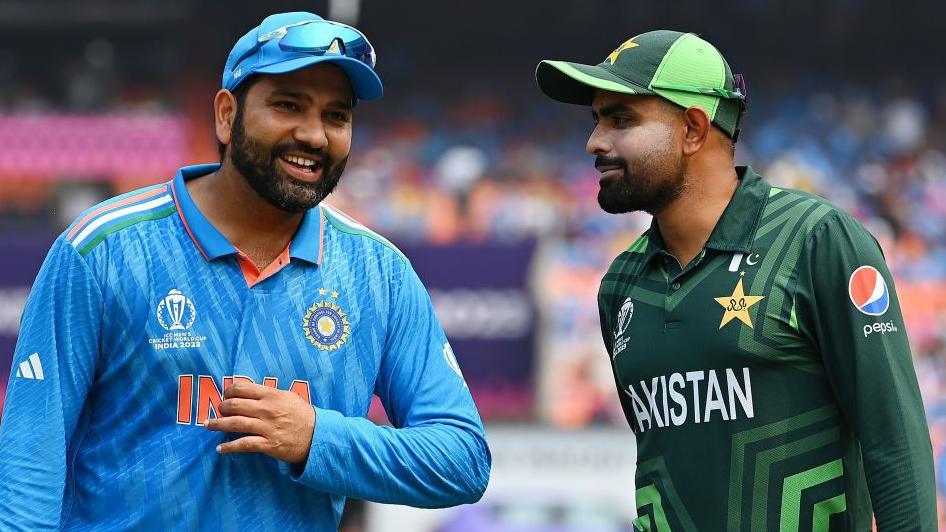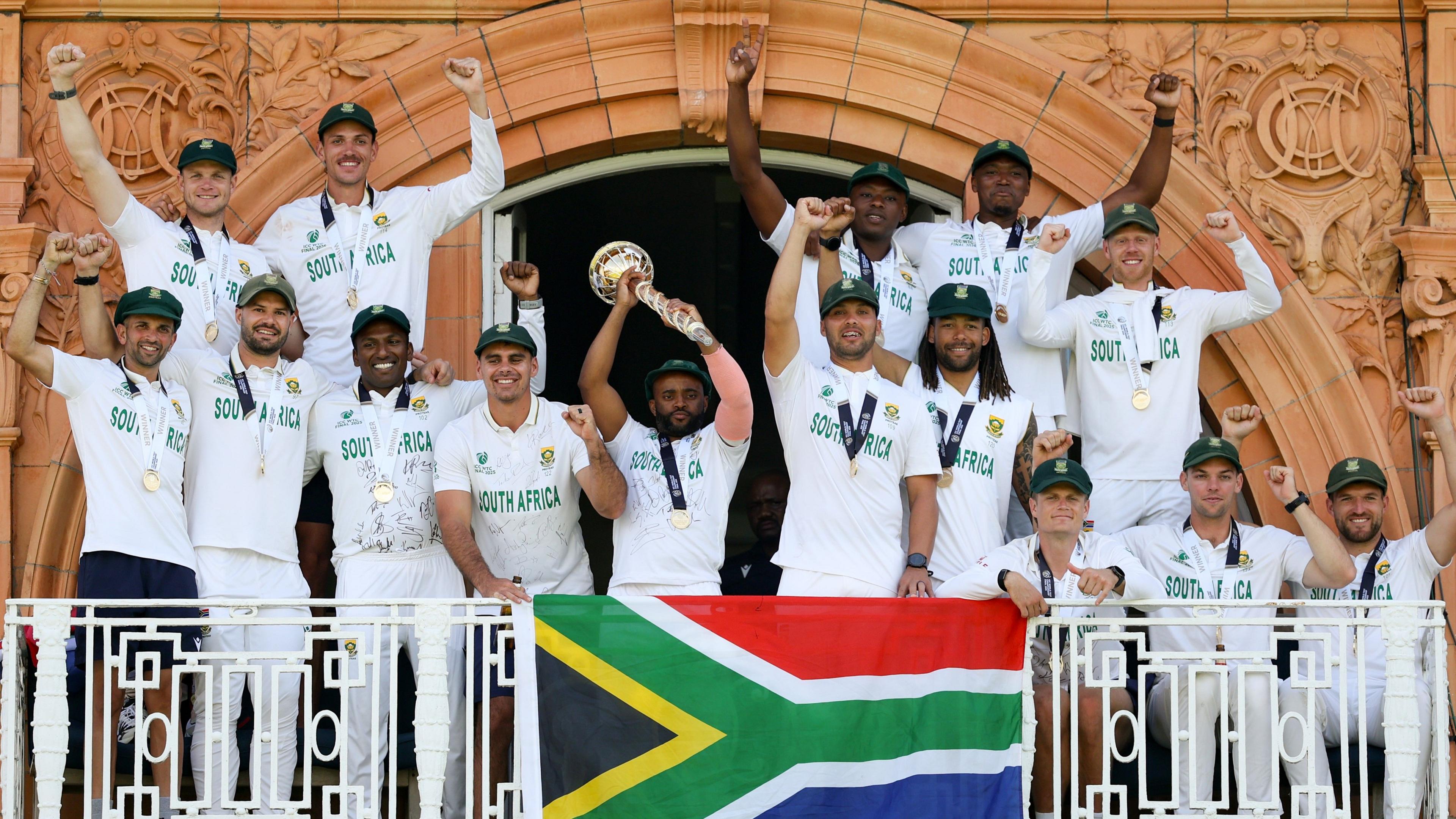The Financial Future of Test Cricket: Challenges and Opportunities
Exploring the financial challenges facing Test cricket and the measures needed to ensure its sustainability in the modern era.




The Financial Future of Test Cricket: Challenges and Opportunities
Test cricket, often regarded as the pinnacle of the sport, faces significant financial challenges in the modern era. The rise of shorter formats, particularly T20, has shifted the focus of fans and players alike, leading to declining attendances and interest in the longer format.
The World Test Championship: A Step Forward?
The World Test Championship (WTC) was introduced to bring context and relevance to Test cricket. Conceived during Greg Barclay's tenure as ICC chairman, the WTC aims to make Test cricket more appealing to modern audiences. Each cycle spans two years, with teams playing six series—three at home and three away. Points are awarded based on match outcomes, and the table is ranked by the percentage of points won.
Despite its noble intentions, the WTC has its critics. The format's lack of 'purity'—where not all teams play an equal number of matches—has been a point of contention. Additionally, the absence of key fixtures, such as India vs. Pakistan, undermines the championship's integrity.
Financial Disparities and Player Incentives
Financial disparities among cricket boards further complicate the sustainability of Test cricket. While players from England, Australia, and India find Test cricket financially rewarding, others are drawn to lucrative franchise leagues. The disparity is stark: players like Nicholas Pooran earn millions in the IPL, while top-earning centrally contracted players in the West Indies make a fraction of that.
To address this, there have been calls for the ICC to establish a Test fund to financially incentivize players to commit to the format. However, opinions vary on how such a fund should be structured and implemented.
Expanding Test Cricket's Reach
Expanding Test cricket to new markets is another potential solution. Countries like China, Nepal, and the USA are seen as future Test-playing nations. However, the financial and logistical challenges of becoming a full member of the ICC are significant. The ICC's current funding model does not provide extra incentives for these nations to develop their domestic red-ball cricket structures.
Reforming the Revenue-Sharing Model
The revenue-sharing model also needs review. The 'big three'—England, Australia, and India—dominate broadcast revenues, leaving smaller nations struggling to compete. A more equitable distribution of funds could help level the playing field and ensure the financial sustainability of Test cricket.
Innovations in Test Cricket
Innovations such as four-day Tests and tweaking the number of balls in an over have been proposed to make the format more appealing. These changes could help maintain fan engagement and reduce the financial burden on broadcasters.
Conclusion
Despite its challenges, Test cricket remains a cherished format. Its legacy and the passion it evokes among players and fans alike are unparalleled. However, to ensure its financial sustainability, significant reforms are needed. The game's stakeholders must work together to address the financial disparities, expand the format's reach, and innovate to keep Test cricket relevant in the modern era.


























